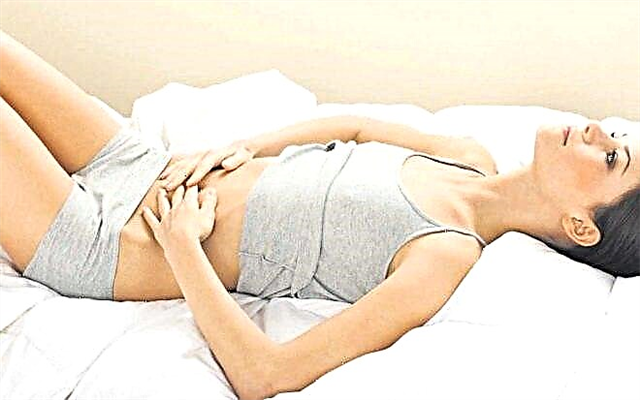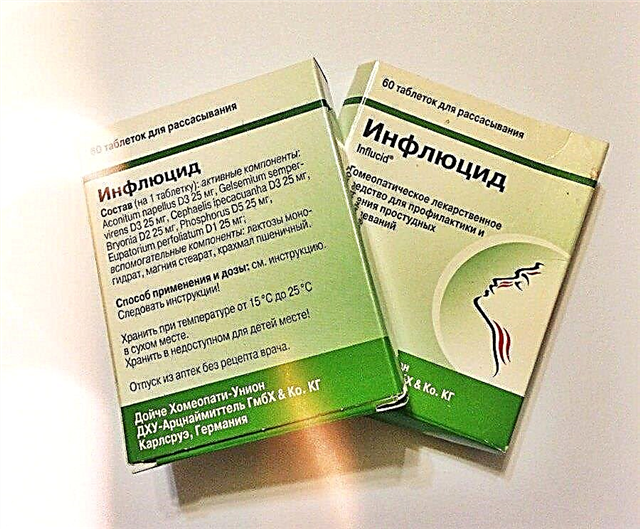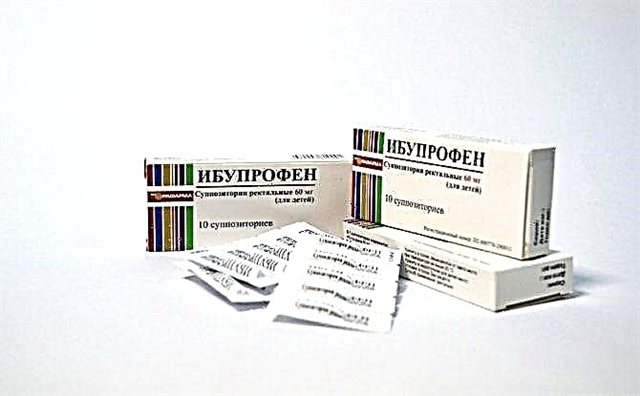
In order for a woman to be able to conceive offspring, every month a follicle ruptures on the surface of her genital glands. This is necessary so that the egg that has matured inside it is released and gets into the fallopian tube. How this happens and whether it is possible to influence the rupture of the follicle, this article will tell.
How does this happen?
The follicle is a cavity formation inside the ovary. The supply of follicles is given to a woman for life at birth, but they become active only with the onset of puberty. From this moment, folliculogenesis starts, the processes of which are repeated every month.
After menstruation, several enlarged follicles, antral, appear in the ovaries. They are small in size - 2-4 mm, there can be up to 25. But only one matures (very rarely - two, with double ovulation). The rest of the bubbles regress to their original state, their time has not come yet.

The dominant follicle under the influence of follicle-stimulating hormone reaches a size of 20-24 mm, and from that moment it is ready for ovulation. In order for the rupture to take place, the female body increases the production of estrogen, which, in turn, provokes the growth of the hormone LH. This hormone makes the follicular membrane thinner, it bursts and releases a mature egg. From this moment, within a day and a half, a woman can conceive a baby if her egg meets the sperm and merges.
Ovulation usually occurs in the middle of the cycle, separating its two phases - follicular and luteal. With a 28-day cycle, ovulation usually occurs on day 14 of the cycle, and with a 32-day cycle, on day 18.
To determine the estimated day of your ovulation, you need to subtract 14 from the usual duration of your cycle. This is how many days the second half of the cycle usually lasts for women, regardless of age, the duration of the cycle itself.

In place of the bursting follicle on the day of ovulation, a completely new and temporary gland is formed - the corpus luteum. She produces the hormone progesterone, saturating the woman's blood with it, and thereby helping the body to rebuild itself into the mode of pregnancy. Even if conception did not happen, progesterone is produced anyway. But in this case, the corpus luteum ceases to exist after 10-12 days, and after a couple of days another menstruation begins, at the hormonal level caused precisely by a decrease in progesterone.
Follicle rupture during ovulation is a natural process provided by nature itself... In cases where the follicle does not mature or cannot burst and release the oocyte from its internal space, they speak of disorders of the ovulatory phase, and this creates the preconditions for infertility, because in the absence of a mature egg, conception and pregnancy are impossible.

Is it possible to provoke rupture of the follicular membrane?
Since the ovulation process is regulated at each of its stages at the level of changes in the ratio and concentration of hormones, the only way to influence the rupture of the follicle, to accelerate it, to force the mature “bubble” on the surface of the gonad to burst is hormonal therapy.
Neither at home, nor by folk remedies, this task is not solved.
Despite the fact that manufacturers of dietary supplements and vitamin preparations for women often claim that their products can affect the likelihood of ovulation and normalize the female cycle, their action has not been proven, their effectiveness is in question.
If the doctor decides to stimulate ovulation with hormones, but in the first half of the cycle, a woman takes drugs that contain estrogen and FSH - they help the follicles to mature - this increases the likelihood of simultaneous maturation of more than two dominant follicles. This can lead to multiple pregnancies.

In dynamics, using ultrasound, the growth rate, size are monitored, and when the dominant follicle reaches 18–20 mm, the woman is injected with hCG. This hormone acts in a similar way to LH, and ovulation may occur within 12 to 36 hours after the injection. This means that trying to help the follicle burst on your own is dangerous to women's health.
Stimulation is carried out according to clear indications and only by a medical specialist.
Symptoms and sensations
According to statistics, only 15–20% of women who experience a certain set of symptoms during ovulation are able to understand that the follicle has burst, and the egg has come out. For most ladies, this process goes unnoticed.

In women with an individual high level of sensitivity, on the day of ovulation, mild pains in the ovary region, from which the follicle rupture, occurred. They are associated with irritation of the membrane of the sex gland, as well as irritation of the peritoneum, because after rupture, a little blood and free fluid from the inner cavity of the follicle gets into it. Such pains disappear without any treatment within 1–2 days after ovulation. If they are very disturbing, then doctors recommend taking antispasmodics ("No-Shpu" or "Papaverine"), an anesthetic drug, take a warm shower or use a warm heating pad.
There are other signs that can be attributed to the number of "harbingers" of ovulation:
vaginal discharge becomes more abundant, slimy, transparent, resembling raw chicken egg white in consistency;
mood begins to change;
mild headaches appear;
the breast becomes more sensitive, its slight increase is possible;
a woman experiences increased sexual desire, arousal.
A day after ovulation, under the action of progesterone produced by the corpus luteum, the discharge becomes more scarce, opaque, turns white or yellowish. When pregnancy occurs, their character does not change before the date of the next menstruation, and the basal temperature does not drop either.
Home ovulation tests, which react with a second strip to the presence of luteinizing hormone in a woman's urine, help to more accurately establish the fact of ovulation. Folliculometry (ultrasound of the ovaries) and a laboratory blood test for sex hormones are considered a very accurate method of determination.
For more information on what happens to the follicle in the ovary, see the next video.



